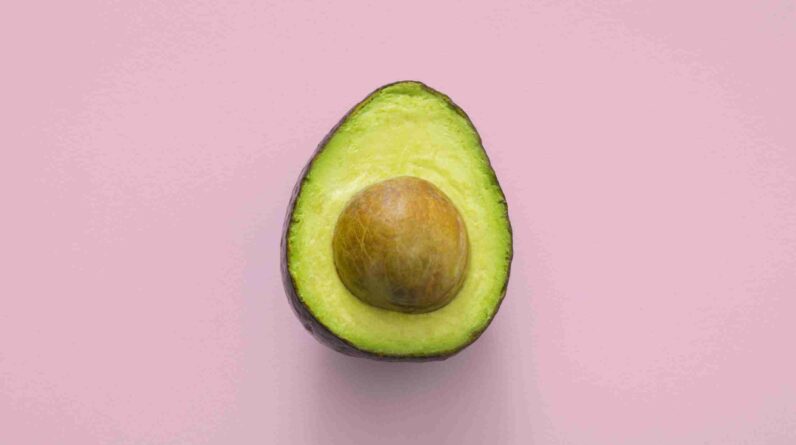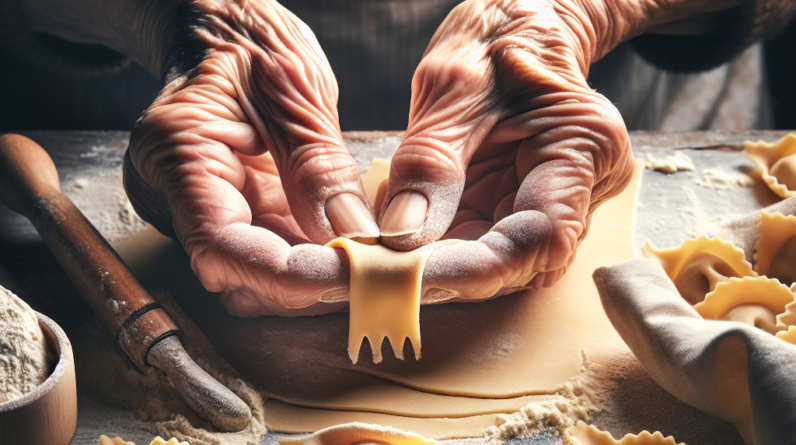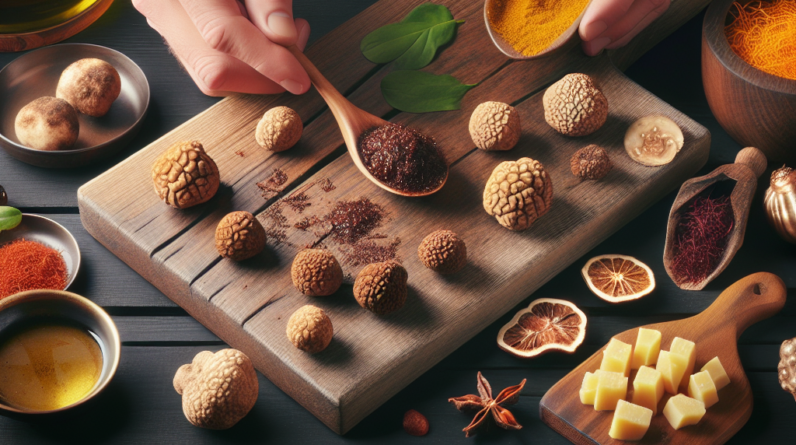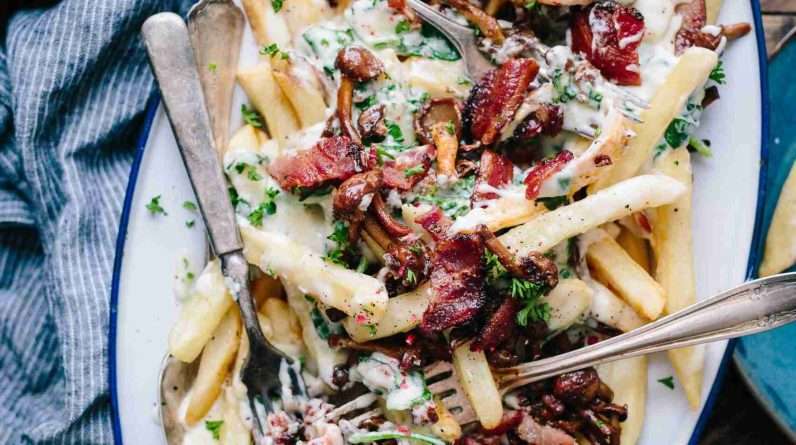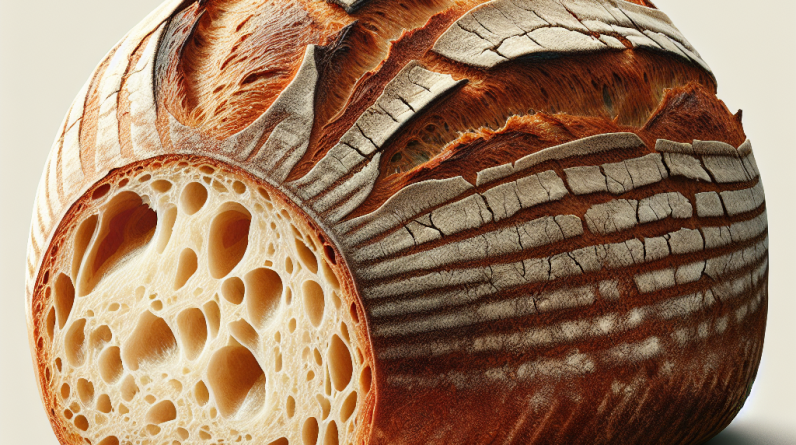Looking to add some Italian flair to your breakfast or brunch? Look no further than the delicious and versatile frittata! Whether you’re a fan of vegetables, cheese, or even cured meats, a frittata can accommodate all your cravings. In this article, we will guide you through the steps of creating a mouthwatering Italian-style frittata, from whisking the eggs to selecting the perfect fillings. Get ready to impress your friends and family with this simple yet scrumptious dish that is sure to become a new favorite in your culinary repertoire.
Choosing the Ingredients
When it comes to making an Italian-style frittata, the first step is to select the right ingredients. From the eggs to the fillings, each component plays a vital role in creating a delicious and flavorful frittata.
Selecting the Eggs
The quality of the eggs you choose can make a significant difference in the taste and texture of your frittata. Look for eggs that are fresh and preferably organic. The freshness of the eggs ensures a vibrant flavor, while organic eggs are free from hormones and antibiotics.
Choosing the Fillings
One of the best parts about making a frittata is the ability to experiment with different fillings. You can choose from a wide range of options, from vegetables like spinach, mushrooms, and bell peppers, to meats like ham, sausage, or bacon. You can even add cheese, herbs, or spices to enhance the flavor further. The key is to select fillings that complement each other and create a harmonious balance of taste and texture in your frittata.
Prepping the Ingredients
Once you have chosen the perfect ingredients for your frittata, it’s time to prepare them before cooking.
Cracking and Beating the Eggs
Start by cracking the eggs into a bowl. It’s essential to crack them gently on a flat surface to avoid any shell fragments. After cracking the eggs, beat them vigorously with a fork or a whisk until the yolks and whites are well combined. Beating the eggs properly will help achieve a light and fluffy texture in your frittata.
Preparing the Fillings
While the eggs are being beaten, it’s time to prepare the fillings. Chop the vegetables or cook the meats, depending on your chosen ingredients. If using vegetables, sauté them lightly to release their flavors and remove any excess moisture. For meats, ensure they are fully cooked and seasoned to perfection. If using cheese, grate or crumble it, so it spreads evenly throughout the frittata. Preparing the fillings beforehand ensures they are ready to be added to the pan when the time comes.
Cooking the Frittata
With the ingredients prepped and ready, it’s time to start cooking your frittata.
Heating the Pan
Begin by heating a non-stick pan over medium heat. Adding a small amount of olive oil or butter to the pan will help prevent the frittata from sticking. Allow the oil or butter to melt and coat the bottom of the pan evenly. Heating the pan properly ensures that the frittata cooks evenly and doesn’t stick to the surface.
Adding the Ingredients to the Pan
Once the pan is heated, it’s time to add your beaten eggs and prepared fillings. Carefully pour the beaten eggs into the pan, making sure they spread evenly. Then, sprinkle your chosen fillings over the eggs, ensuring an even distribution. Gently stir the fillings into the eggs, creating a beautiful mosaic of flavors. Cooking the frittata with the fillings mixed into the eggs allows the flavors to blend harmoniously.
Cooking and Flipping the Frittata
With the ingredients in the pan, it’s time to cook the frittata to perfection.
Cooking the Bottom Side
To cook the bottom side of the frittata, reduce the heat to low and cover the pan with a lid or a plate. Allowing the frittata to cook slowly over low heat ensures that the eggs set and the fillings get properly heated. The exact cooking time will vary depending on the thickness of your frittata and the heat of your stovetop. However, a general guideline is to cook the bottom side for about 8-10 minutes, checking occasionally to ensure it doesn’t burn.
Flipping the Frittata
Flipping the frittata can be a bit tricky, but with a little practice, you’ll master this technique. Using a large plate or a lid that’s wider than the pan, carefully place it on top of the pan. Holding the pan handle with one hand and the lid with the other, quickly and confidently flip the pan upside down, so the frittata lands on the plate or lid. Then, gently slide the frittata back into the pan, uncooked side down. This flip ensures that both sides of the frittata get cooked evenly.
Cooking the Other Side and Serving
With the frittata flipped, it’s time to cook the other side and get ready to serve it.
Cooking the Top Side
Increase the heat to medium and continue cooking the frittata for another 5-7 minutes, or until the top side is golden brown and fully set. Keep a close eye on it to prevent overcooking and ensure a nicely cooked top.
Serving and Enjoying the Frittata
Once the frittata is fully cooked, it’s time to remove it from the heat and let it cool slightly. Slice it into wedges or squares and serve it warm or at room temperature. Frittatas are incredibly versatile and can be enjoyed for breakfast, brunch, or even dinner. They can be served as a main dish, accompanied by a salad or crusty bread, or cut into smaller portions and served as appetizers. No matter how you choose to serve it, the delicious flavors and textures of the frittata are sure to impress.
Additional Tips and Variations
To take your frittata to the next level, here are some additional tips and variations to consider.
Seasoning and Spices
While salt and pepper are essential seasonings in a frittata, don’t be afraid to experiment with other spices and herbs as well. Consider adding a pinch of dried thyme, a sprinkle of paprika, or a handful of fresh basil or parsley. These additional seasonings can elevate the flavors and make your frittata even more delicious.
Cheese Options
Cheese and frittatas are a match made in heaven. Consider using shredded mozzarella, crumbled feta, or grated Parmesan for a cheesy and decadent frittata. You can also experiment with different cheese combinations to create unique flavor profiles. Just make sure to adjust the salt content accordingly, as some cheeses can be quite salty.
Creative Fillings
While vegetables and meats are classic fillings for a frittata, don’t be afraid to get creative and try out something new. Consider adding sun-dried tomatoes, caramelized onions, or roasted red peppers for a burst of intense flavors. You can also incorporate cooked quinoa, leftover pasta, or even diced leftover pizza as fillings, giving your frittata a fun twist. The options are endless, so let your creativity soar and have fun experimenting with different fillings.
In conclusion, making an Italian-style frittata with eggs and various fillings is a delightful and versatile culinary adventure. From selecting the ingredients to cooking and flipping the frittata, each step plays a crucial role in creating a delicious and satisfying dish. Whether enjoyed for breakfast, brunch, or any mealtime, a frittata is a fantastic way to showcase your creativity while indulging in the rich flavors and textures of this classic Italian dish. So gather your ingredients, follow the steps outlined above, and get ready to impress your friends and family with your homemade Italian-style frittata.


